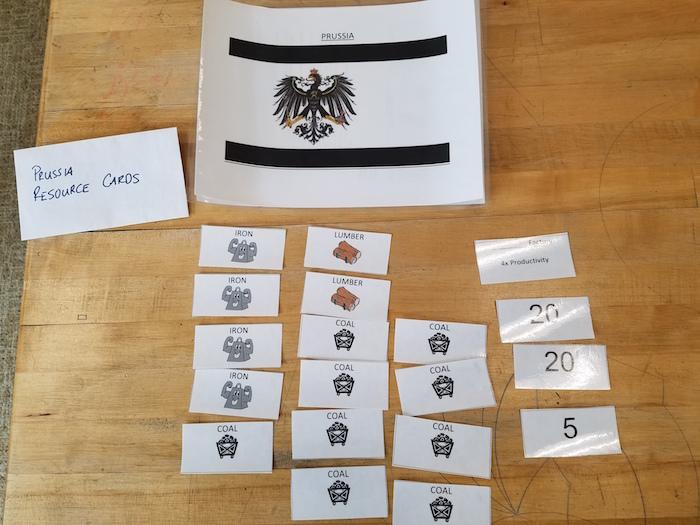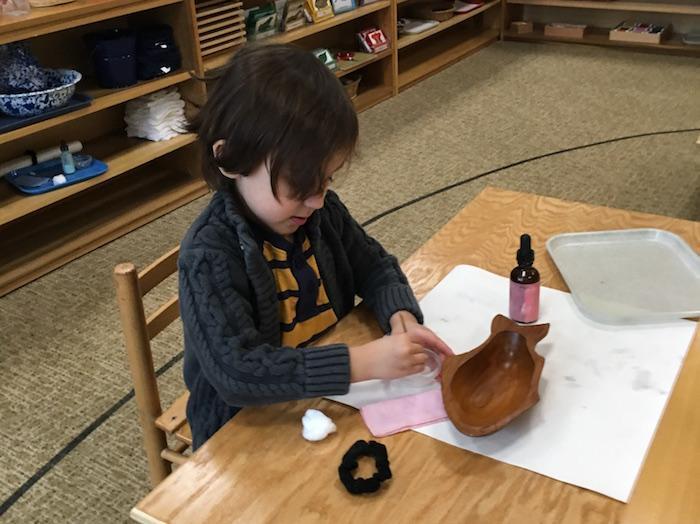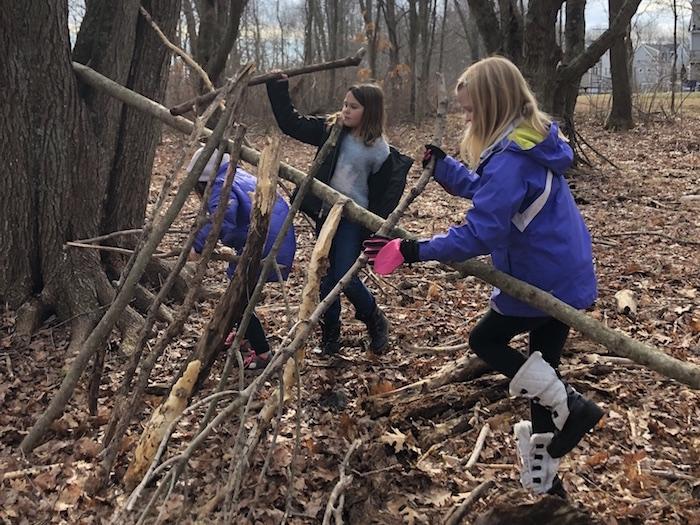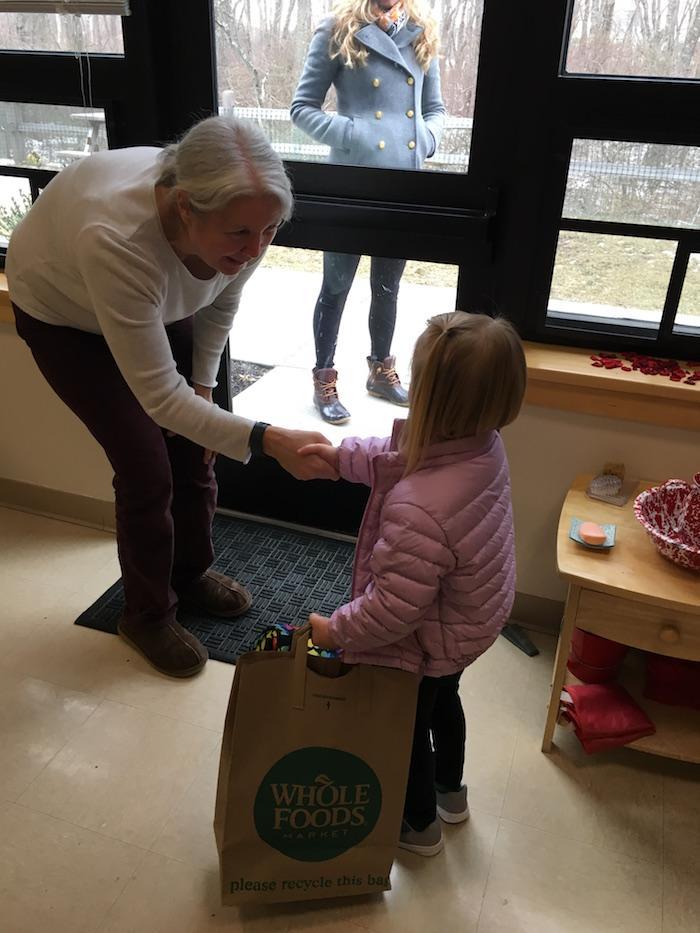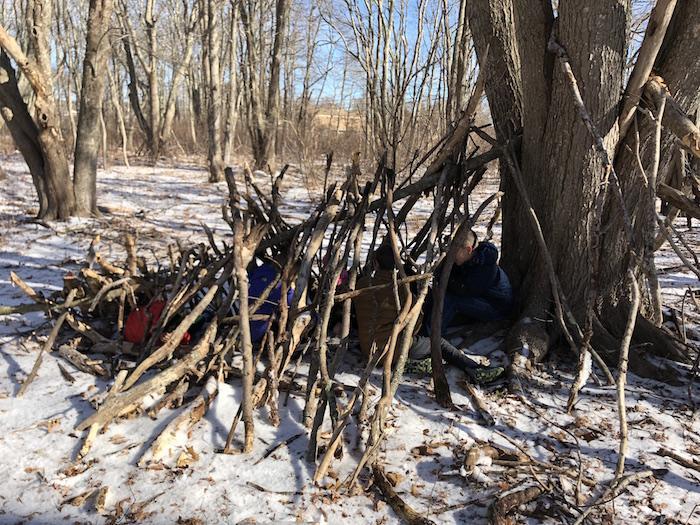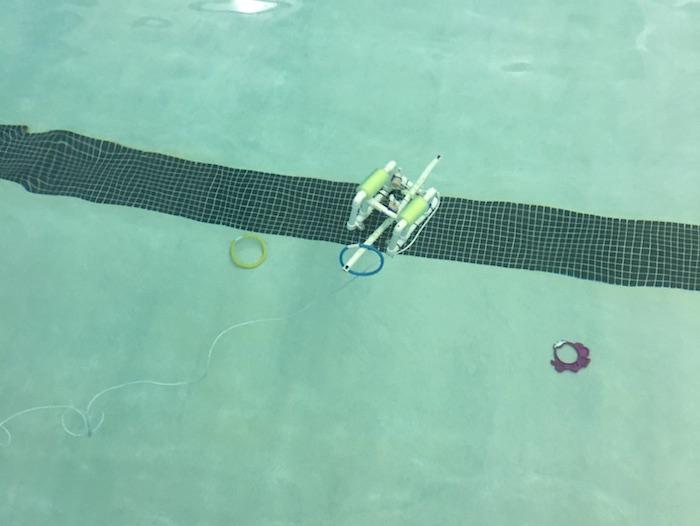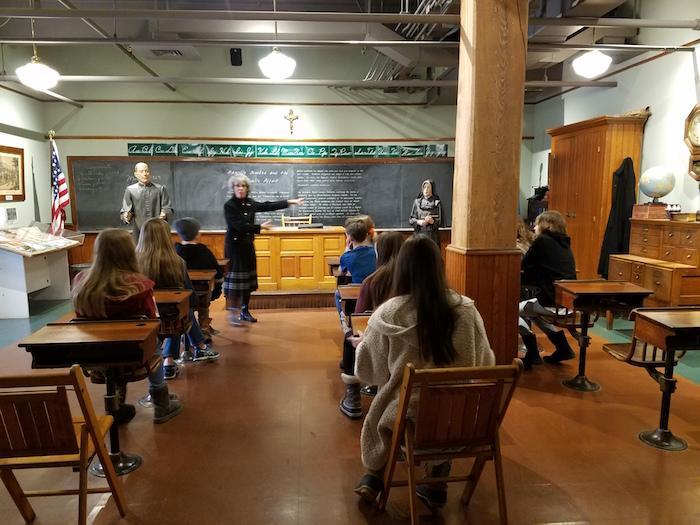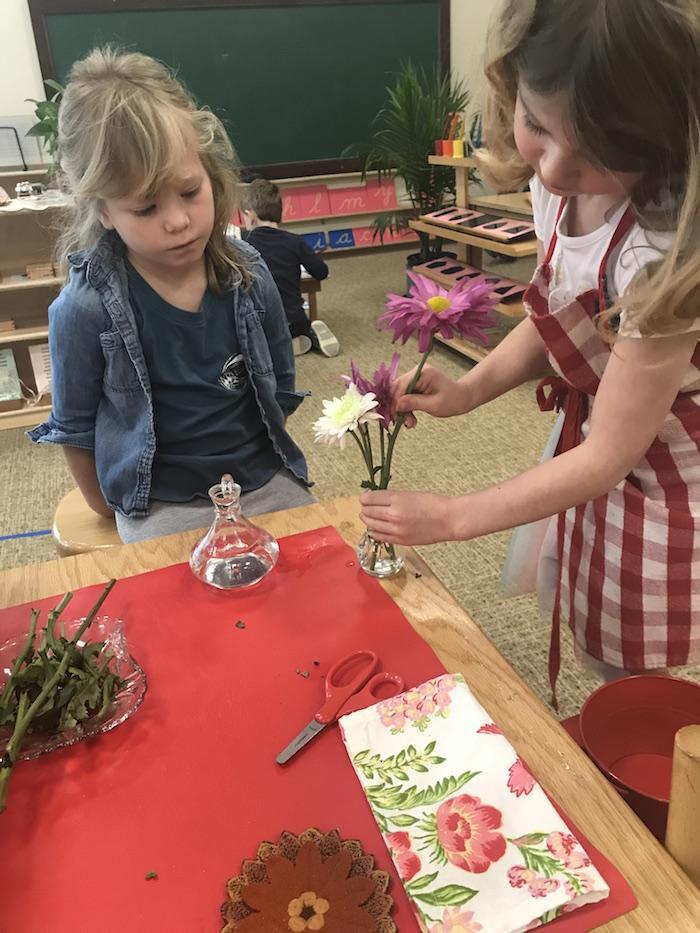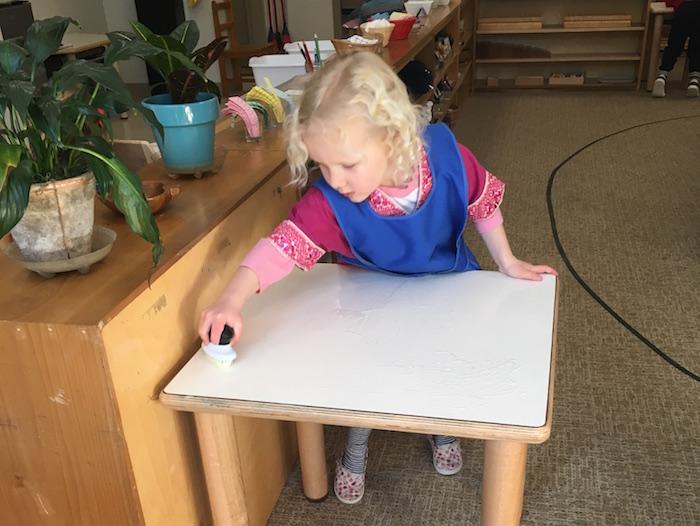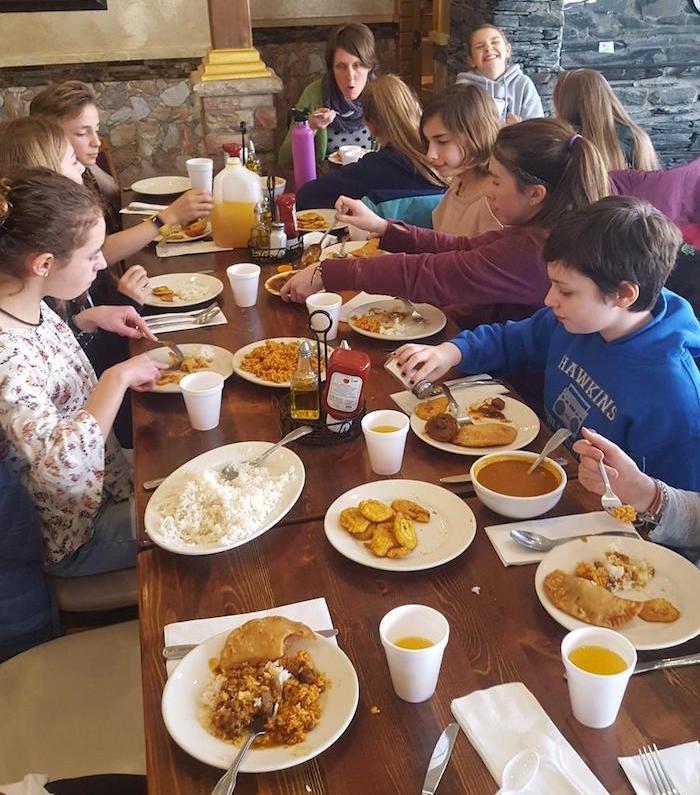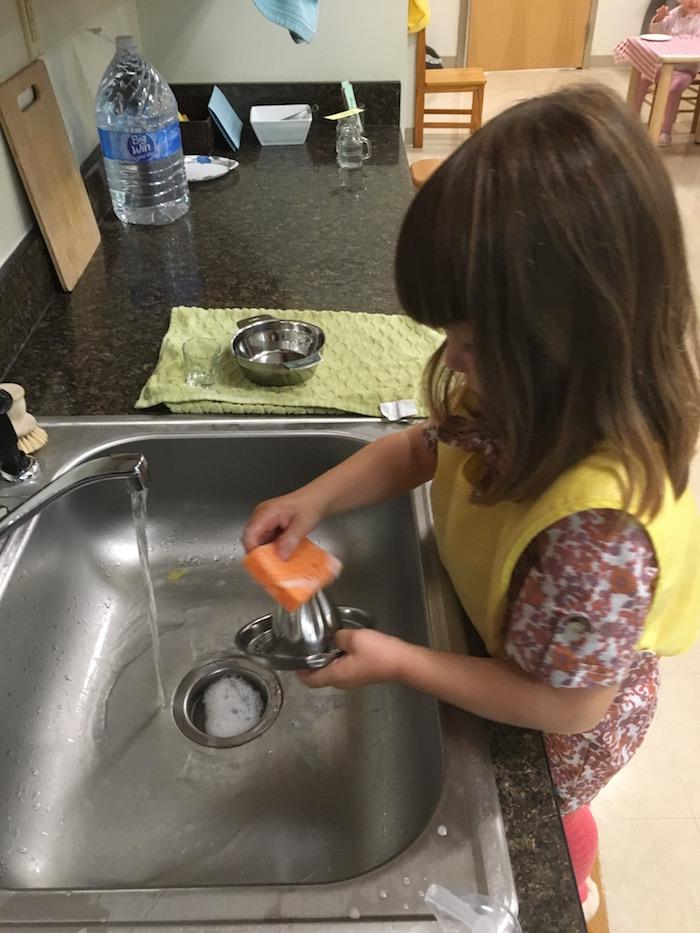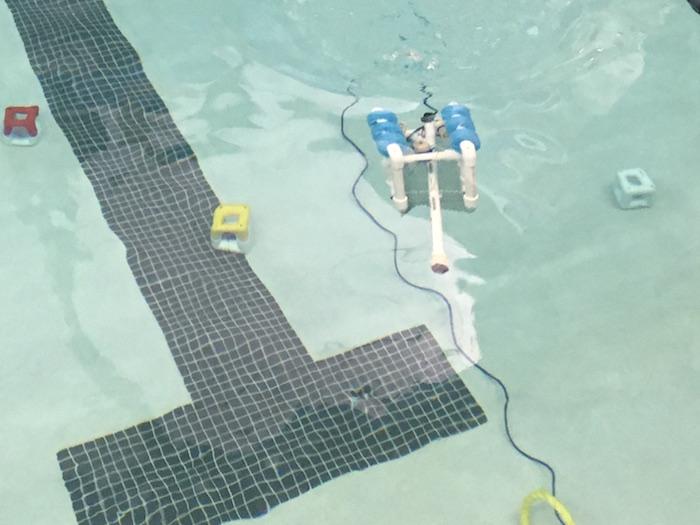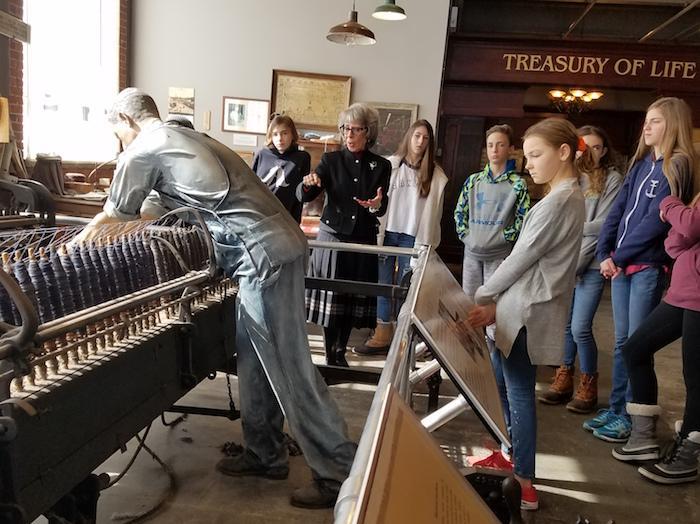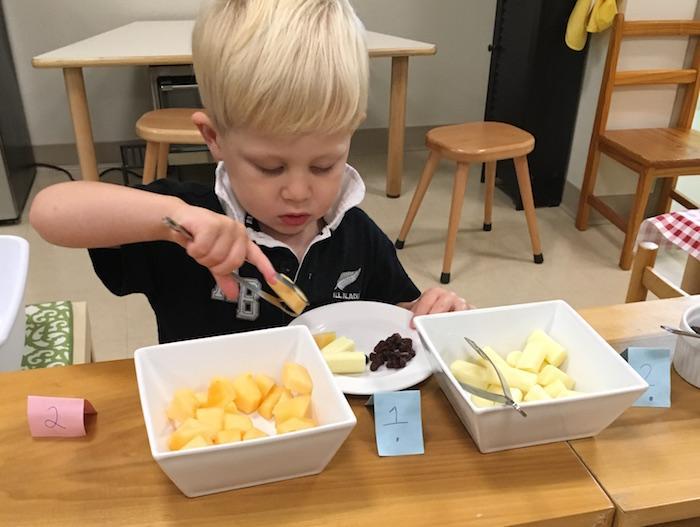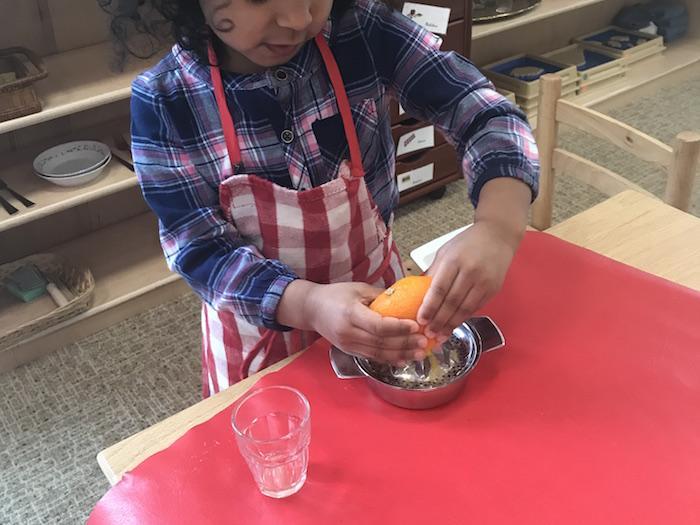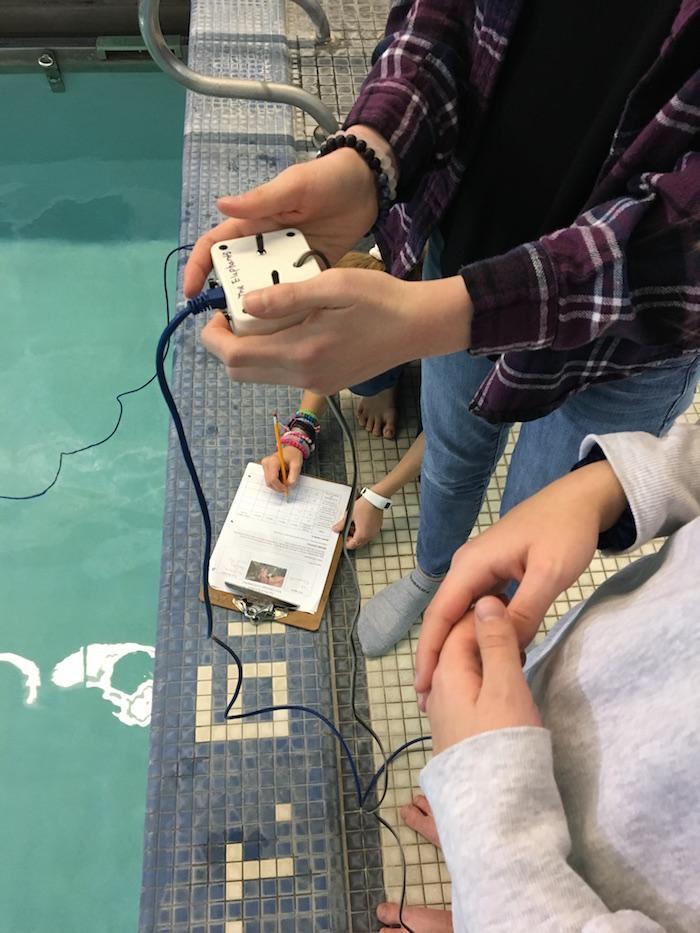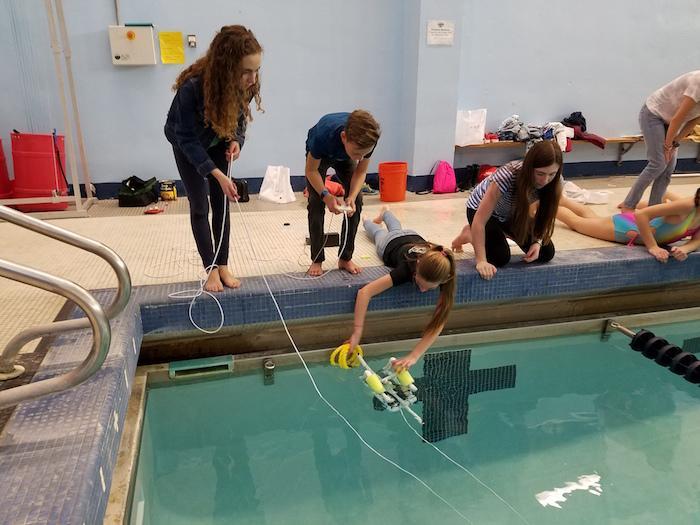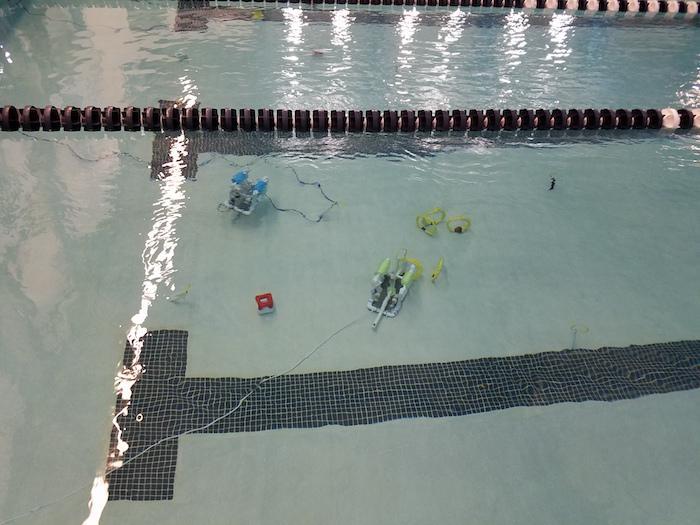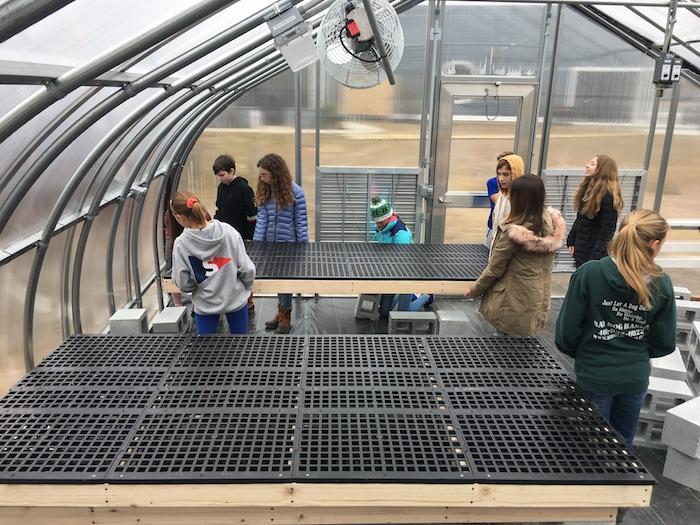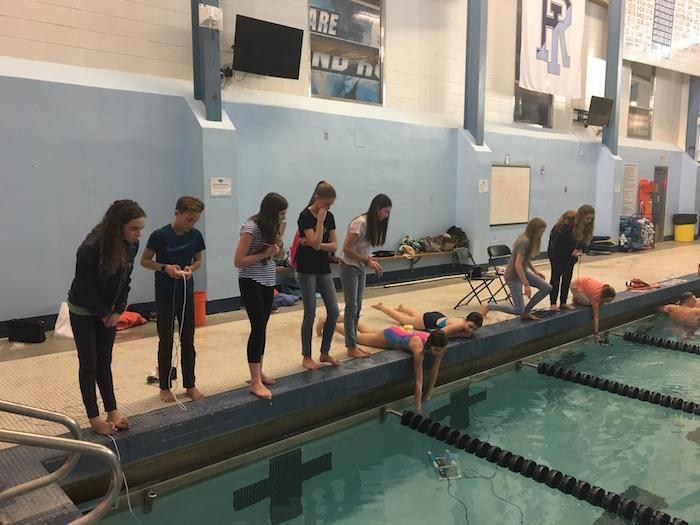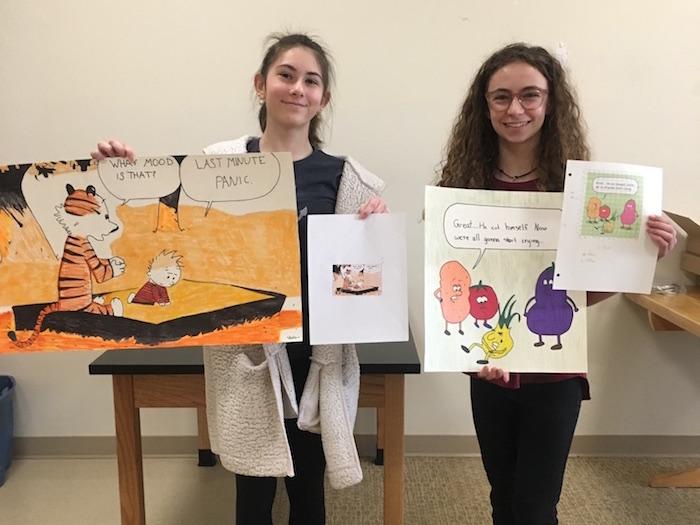Welcome
Each day begins with acts of grace and courtesy. Students are greeted individually by the lead teacher as they enter the classroom with eye contact, a handshake, and a “good morning, how are you today?” Children then take out their learning journals and begin planning their days. A first year student, making that transition from Primary to Elementary, may plan just a few things at the start of the day and then make new choices later on, while a more senior student, will specifically choose at least one material from each area of work; math, language, cultural, science/research, etc. In Lower Elementary we are setting the stepping stones for the foundation of personal choice and responsibility that continue on into Upper Elementary, Middle School, and beyond.
Work Cycle
Like in their previous years of Primary, Montessori materials are engaging, based on developing skills over time. Throughout the morning students are invited to either individual or small group lessons including reading groups. Constant observation by the teacher, record keeping through their learning journals and work folders, and conversations during weekly one-on-one conferences with the lead teacher all play a role in understanding what students are interested in and assessing when they are ready to move on to the next lessons.
If you were to come visit Lower Elementary during this time you might see students outside recording seasonal changes in nature journals, a third-year student working on 3-digit multiplication, a pair looking through reference books and researching the life of African elephants, a collection of first years exploring the importance of the relationship between an article and a noun, and any multitude of other explorations happening at once. A couple of mornings a week also include Spanish or Music to add to the importance of a well-rounded and multi-faceted experience at school.
There is a sense of spontaneity and wonder, even while being guided by the teacher, because students are free to move to areas and materials that attract them, learning opportunities that call to them, and they are encouraged to discover what interests them in the world and how things are interconnected.
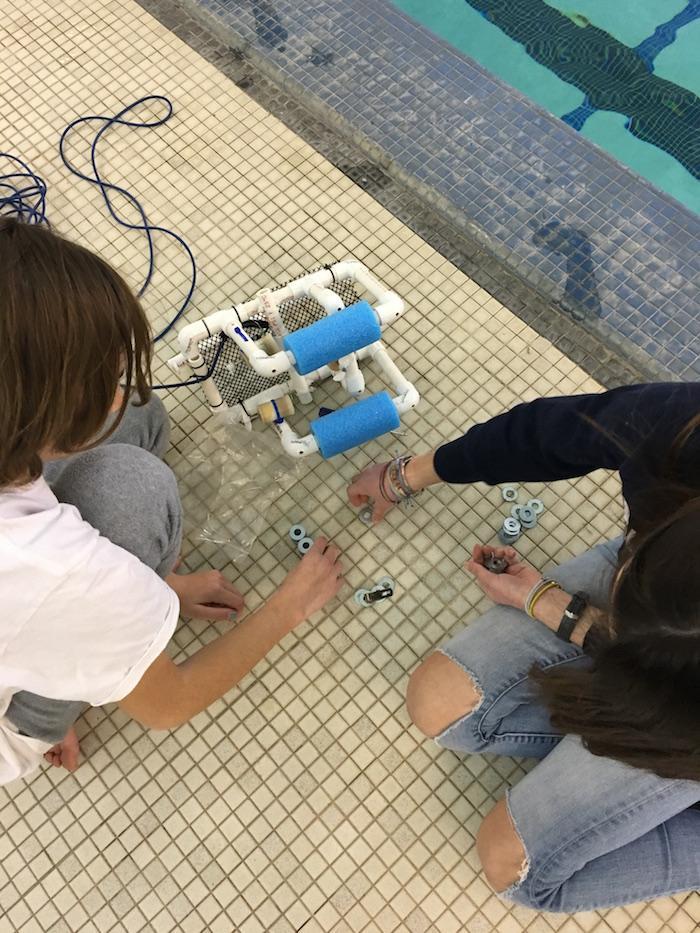
Recess and Lunch
Everyday we have recess and make sure to preserve that time for students to be outside, to be physical, creative, and foster feelings of fellowship in games and play. Students may visit with chickens, build forts and shelters, play gaga and field games, and use their imaginations in infinite ways.
At lunch children are randomly seated with other classmates to help cultivate conversation, community, and ever-growing friendships. A second year might never have realized they had something in common with a first year they haven’t spent much time with and lunch is the perfect opportunity to make new friends. Like in our other classrooms, students set up placemats and napkins, and use real plates, bowls, and cutlery during lunch. A table starts eating when every child at that table is seated and ready to begin. As students finish they are excused to clean up their places and then return to the table for continued conversation until everyone they are sitting with has fully cleaned up. Then it’s on to the afternoon work cycle.
Afternoons
By one o’clock everyday, Lower Elementary students start their afternoon work cycle. These afternoons vary throughout the week. On Mondays and Wednesday we have Art, Spanish and PE and on Fridays we leave time for specific lessons in Botany and environmental sciences and the third-years dedicate time to their capstone study of the Narragansett Bay. There is always time for students to receive more lessons from the lead teacher, do further work on something from their morning plans, or take time to start planning big works, like research projects, writing longer stories, or helping another student who might need an extra hand in setting up a difficult math problem.
At the end of the day, building on the skills they’ve learned from Practical Life in their previous Primary years, students help with jobs to care for our classroom environment and contribute to the larger school community. These jobs include: feeding chickens, taking out the compost, straightening up the shelves for the next morning, watering our classroom plants, and putting up the chairs. Often there is time for a short gathering or read-aloud which means our days in Lower Elementary always end with friends and little bit of glee.
[printfriendly]

